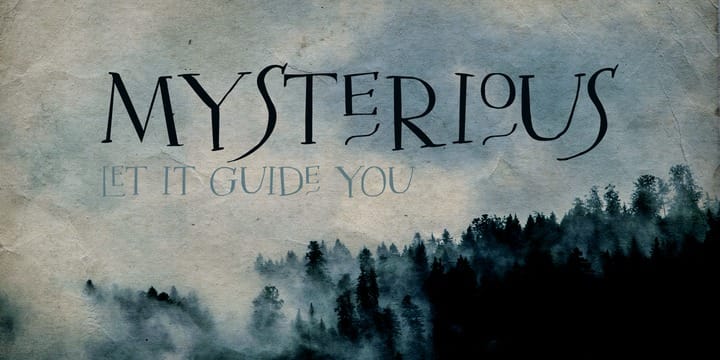By Janis Nielsen
Spanish Fork Press
December 26, 2001
Kraut's second book, "Relief Mine II: Through Others' Eyes," contains a compilation of stories, articles, publications, newspaper clippings and personal accounts from those who knew Koyle, and others who were just fascinated by the Dream Mine story. That book is an effort to clarify some of the stories that have been exaggerated, misquoted, or are just plain untrue, Kraut says.
Kraut himself worked in the Dream Mine for two years. "I think it's one of the highlights of my life," he says. He had come to Utah in 1947, when he was 20 years old, looking for work as a photographer. When no work could be found, someone suggested he come down and look at the Dream Mine and maybe get a job there.
Kraut knew nothing about mining, and wasn't sure he wanted to work there. But when he was introduced to Bishop Koyle, Koyle just shook Kraut's hand and pulled him up real close. "You came up here for a job, didn't you?" Koyle asked. "Well, sort of," Kraut replied. "You're just the man we want," he was told.
"Koyle was absolutely the most intriguing man I've ever met in my life," Kraut says. Kraut worked with Koyle in the fields and at the mine and became well acquainted with his family and friends. He ate at his table, and knelt with him in prayer.
Work at the Dream Mine was like no other mining operation, Kraut said. For one thing, most of those involved in the work were religious people, many of whom had substantial callings in the church. Each day's work began with prayer, and no smoking or rough language was allowed.
Eventually, some 7,000 families were involved with the Dream Mine. According to one BYU professor, work on the mine involved the largest social group movement in the entire history of the church that was independent of the church organization itself.
Most people who met Koyle went away convinced that either he was inspired by the Lord or led by the devil, because he was so unusual, said Kraut. Koyle was a gifted person, but humble and meek and never pretentious, Kraut said. When Koyle spoke, people listened.
Koyle's numerous prophecies have been the source of much speculation and controversy throughout the years. Many of his prophecies, including some about WWI and WWII, about the economy, about shut downs at the mine, and several given to individuals, were fulfilled. In fact, said Kraut, so far, he has found none of Koyle's prophecies to be false. "That's the uncanny part of it."
In time, the Dream Mine operation began to cause much contention among both local and general LDS church authorities. Some church leaders supported Koyle; others denounced him. Finally Koyle was excommunicated from the church in April of 1948, a little more than a year after he was pressured at a church trial to sign a repudiation of his conduct and claims regarding the mine. His signature of that document was something he deeply regretted.
To this day, thousands still hold stock certificates for shares in the Dream Mine. At one time, it was said that, when the predicted financial crisis arrived, anyone holding 100 shares of the stock would be independent.
Although ores of many kinds have been taken from the mine over the years, none were found in sufficient quantities to make the refining process worthwhile. Still, many believe the Dream Mine will yet play a vital part in rescuing the saints from economic disaster. "The whole purpose of the Dream Mine has yet to be fulfilled, Kraut believes.
Kraut's books can be purchased at Confetti Antiques & Books, which is located on Main Street in Spanish Fork.

